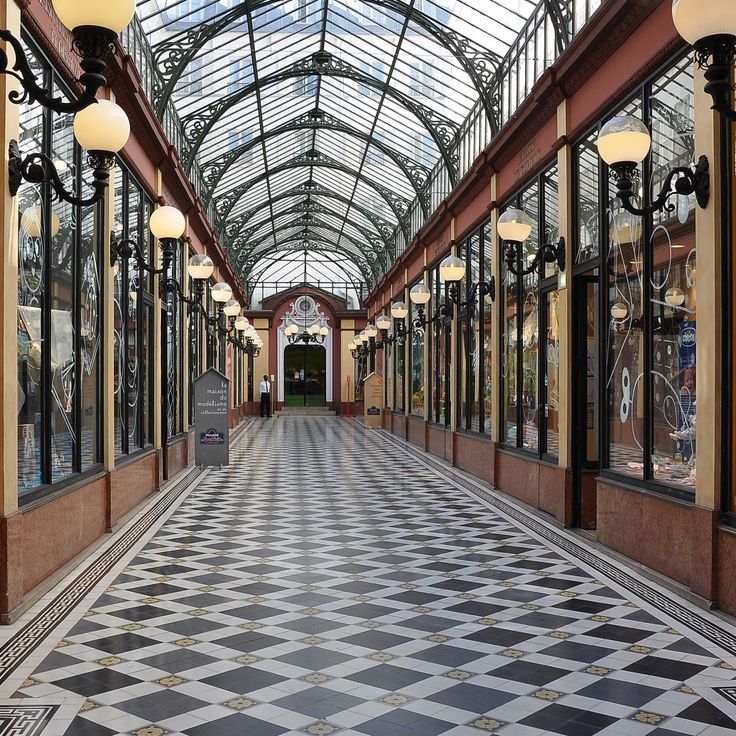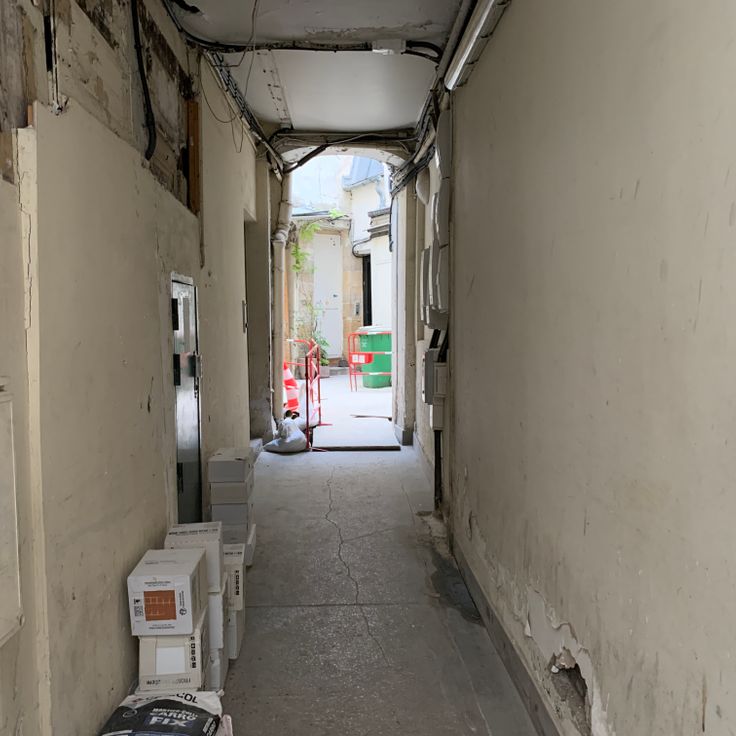The covered passages of Paris are major commercial inventions from the early 19th century. Built between 1798 and 1850, these galleries shield pedestrians from weather and street mud with glass and wrought iron roofs. Passages like the Passage des Panoramas, opened in 1799, were pioneers with gas lighting, while Galerie Vivienne (1823) features mosaic floors and neoclassical decorations. The Passage du Grand-Cerf stands out with a height of 12 meters under its glass roof. Today, around thirty passages remain in the 2nd, 9th, and 10th arrondissements. They host various shops: antique bookstores and fashion boutiques at Passage Choiseul, Indian restaurants and spice shops at Passage Brady, fabric vendors at Passage du Caire with Egyptian motifs. Galerie Colbert now houses two art research institutes. These galleries offer insights into a lesser-known part of 19th-century Paris commerce, preserving wooden facades, wrought iron railings, and period signage.
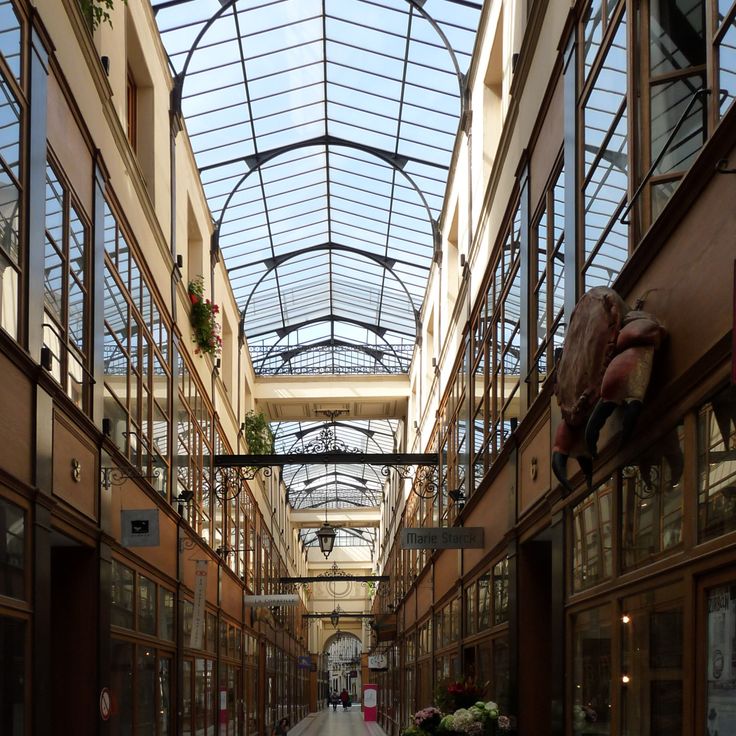
Paris, France
This covered passage features a 12-meter glass ceiling, wrought iron railings, and wooden storefronts from the 19th century.

Paris, France
This passage from 1823 features mosaic floors, neoclassical decorations and contains fashion stores, antiquarian bookshops and restaurants.
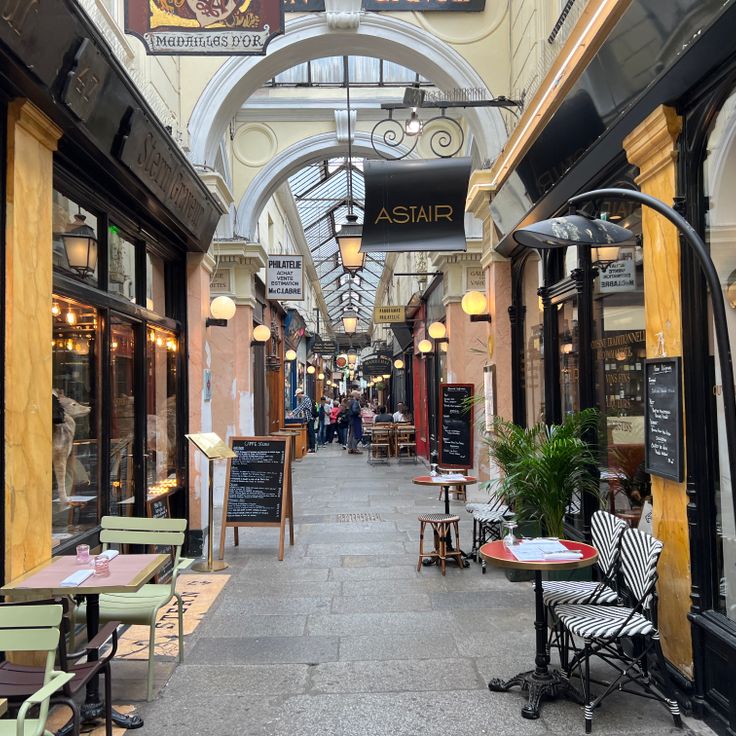
Paris, France
Opened in 1799, this passage contains original gas lamps and historic shop signs that reflect 19th century craftsmanship.
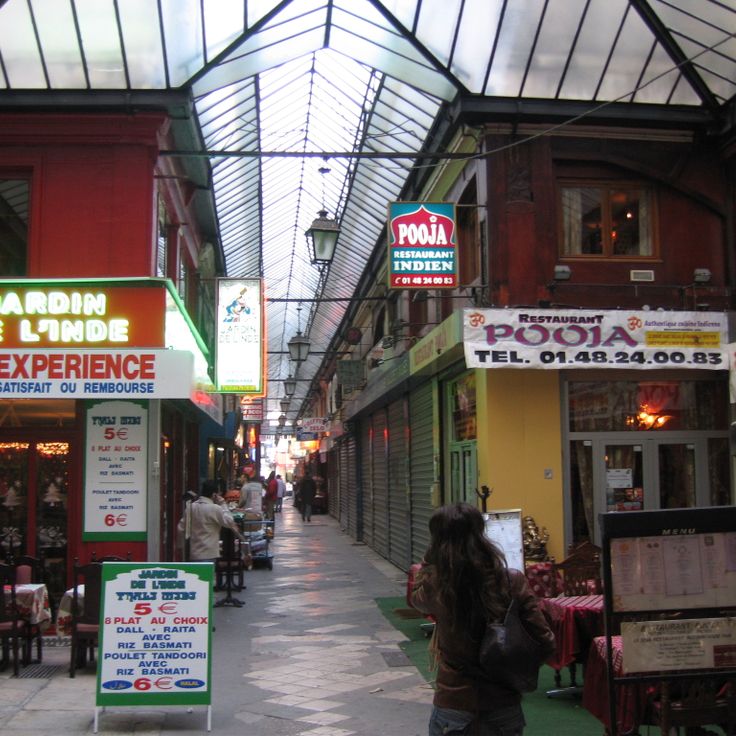
Paris, France
Built in 1828, this passage houses Indian textile shops, spice stores and restaurants serving South Asian cuisine.
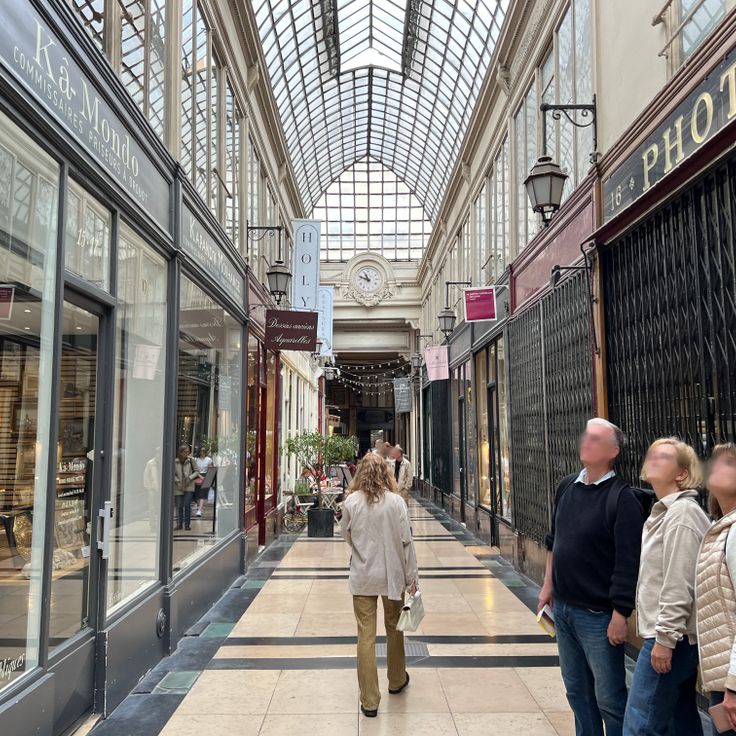
Paris, France
This glass-roofed passage from 1847 contains several antiquarian bookshops, collectible stores and historical photography retailers.
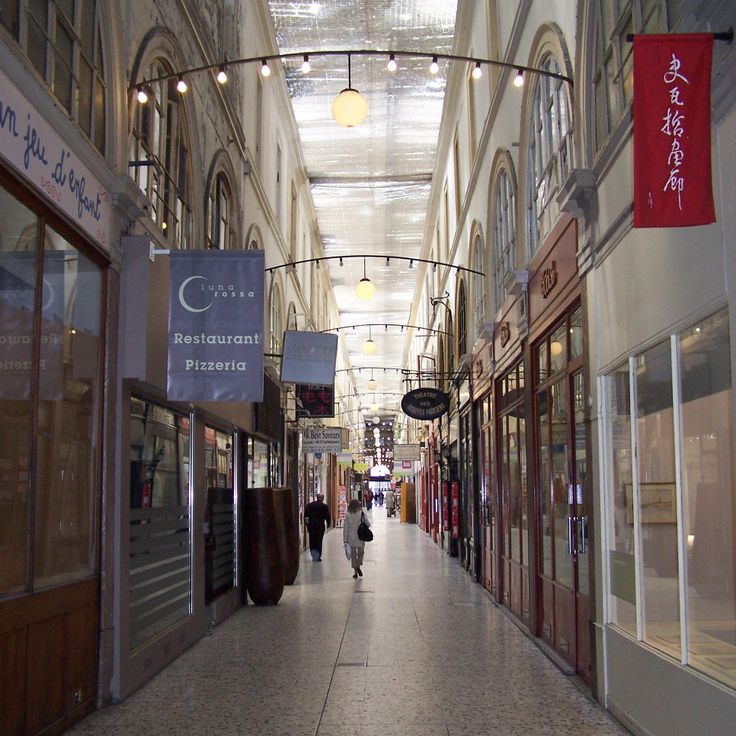
Paris, France
Built in 1827, this passage contains a mix of fashion stores, bookshops, food specialty stores and art galleries under a glass roof.
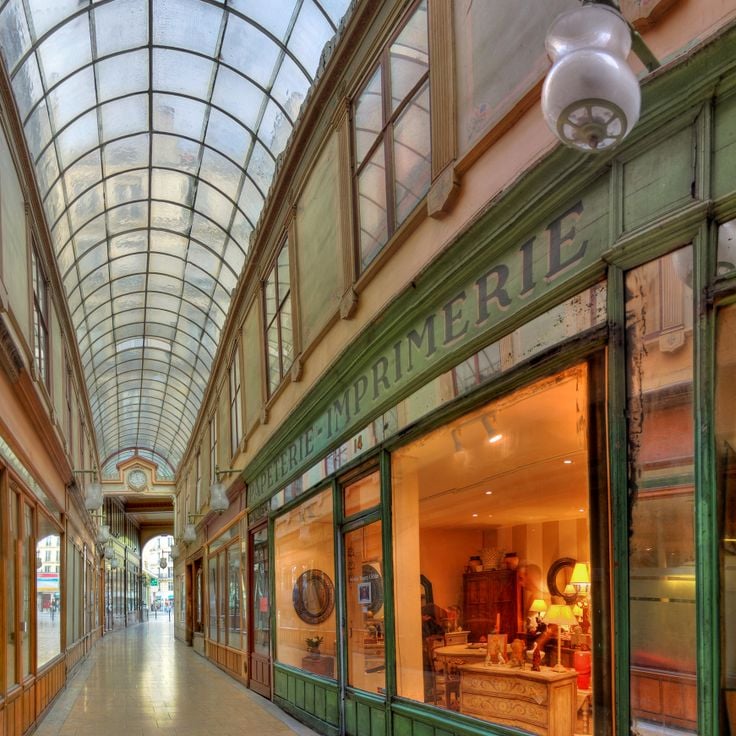
Paris, France
Built in 1828, this passage was a center for newspaper publishing and printing houses in the 19th century with tall vaulted ceilings.

Paris, France
A neoclassical structure from 1826 with rotunda and glass roof, now housing two national research institutes for art and cultural heritage.

Paris, France
This narrow corridor between buildings features typical architectural elements of 19th century Parisian covered passages.
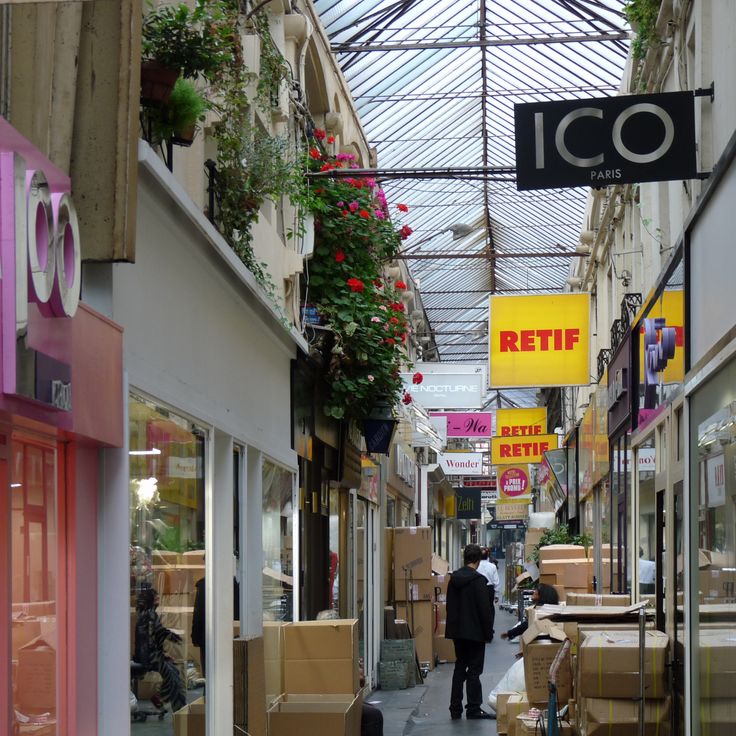
Paris, France
Opened in 1798, this passage contains Egyptian decorative elements and houses textile shops and wholesale merchants.
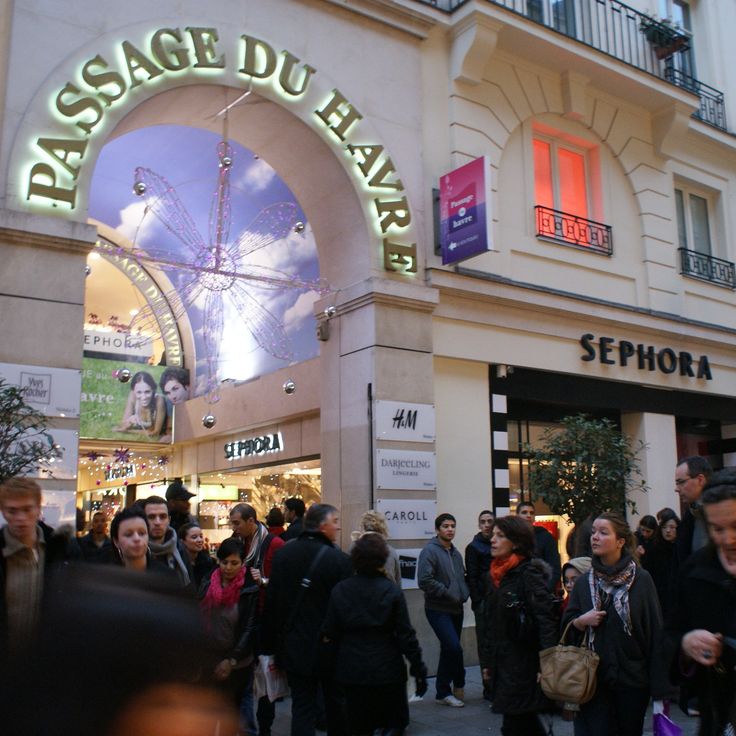
Paris, France
A glass-roofed shopping center renovated in 1997, comprising multiple floors of retail stores.
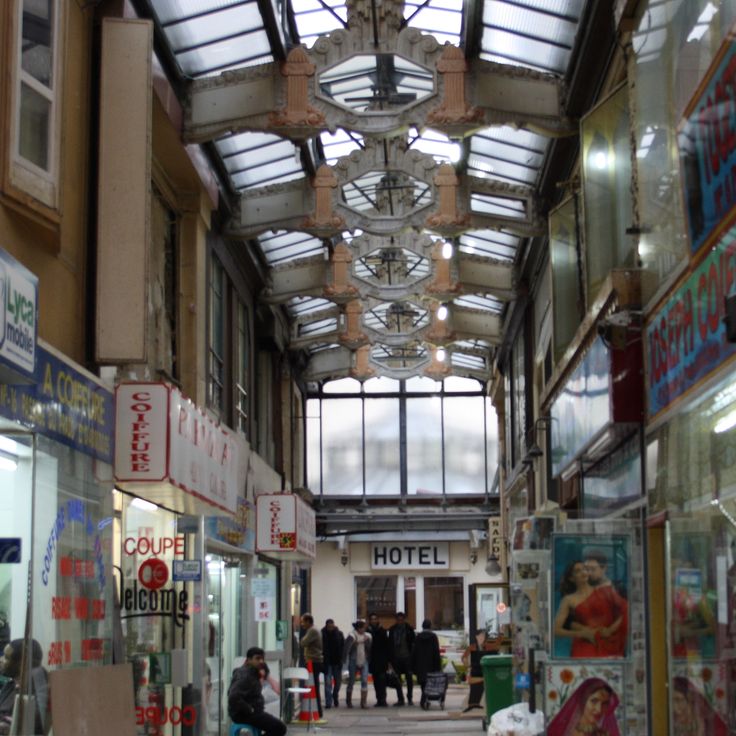
Paris, France
Built in 1785, this passage features a central glass dome and ceramic tiles on the walls.

France
Flanked with luxury boutiques opening onto the Place de la Madeleine.
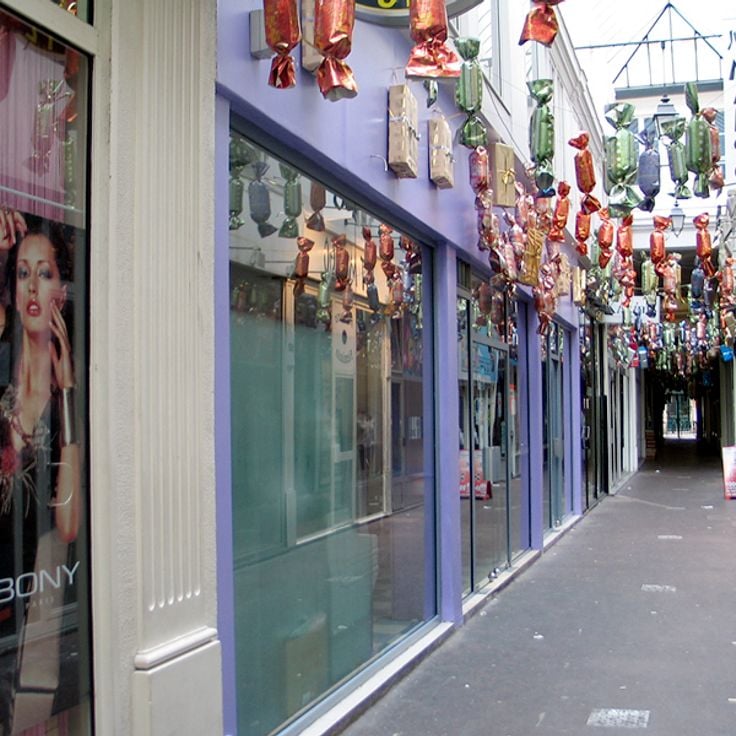
Paris, France
The passage features four entrances with 19th century wrought iron gates. The ceiling consists of glass panels.

Paris, France
A covered passage from 1847 with marble floors and glass roof. The Musée Grévin is located here.
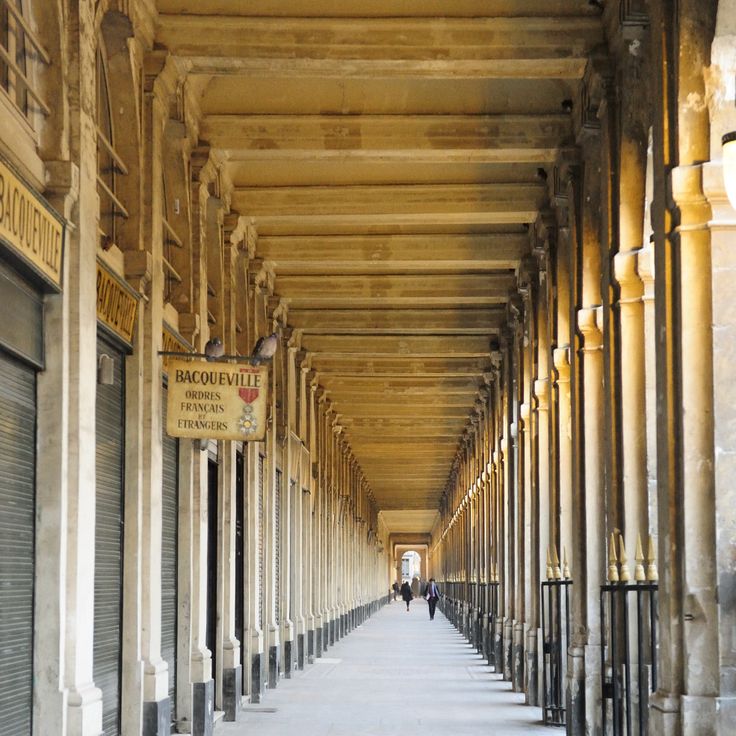
Paris, France
One of the three galleries of the Palais Royal. The Palais Royal theater has hosted theatrical performances since 1831.
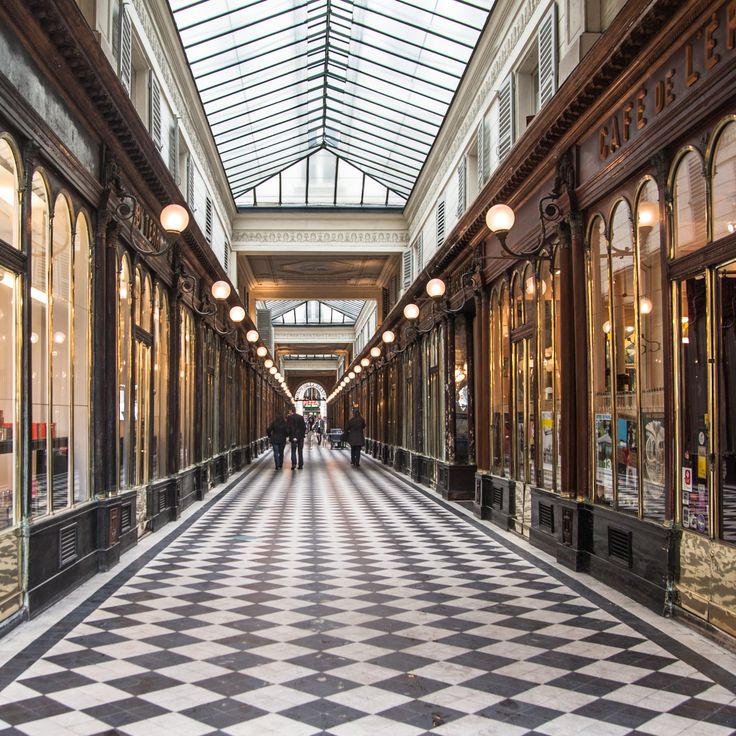
Paris, France
This passage from 1826 connects Rue Jean-Jacques Rousseau with Rue du Bouloi and houses antique shops.
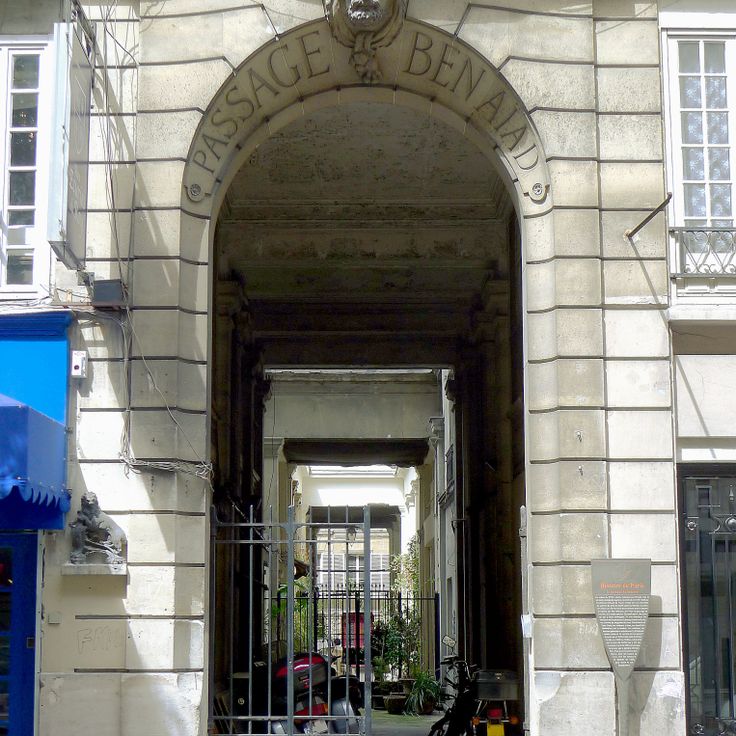
Paris, France
Built in 1763, the passage houses small shops and craft workshops with traditional facades and displays.
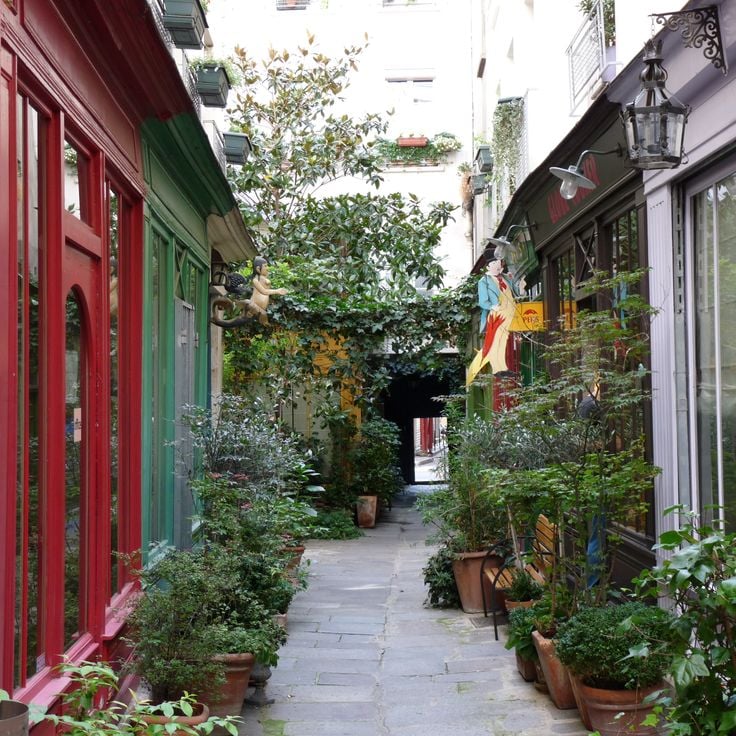
Paris, France
This two-meter wide passage from the 17th century connects Rue de Turbigo with Rue Saint-Martin.
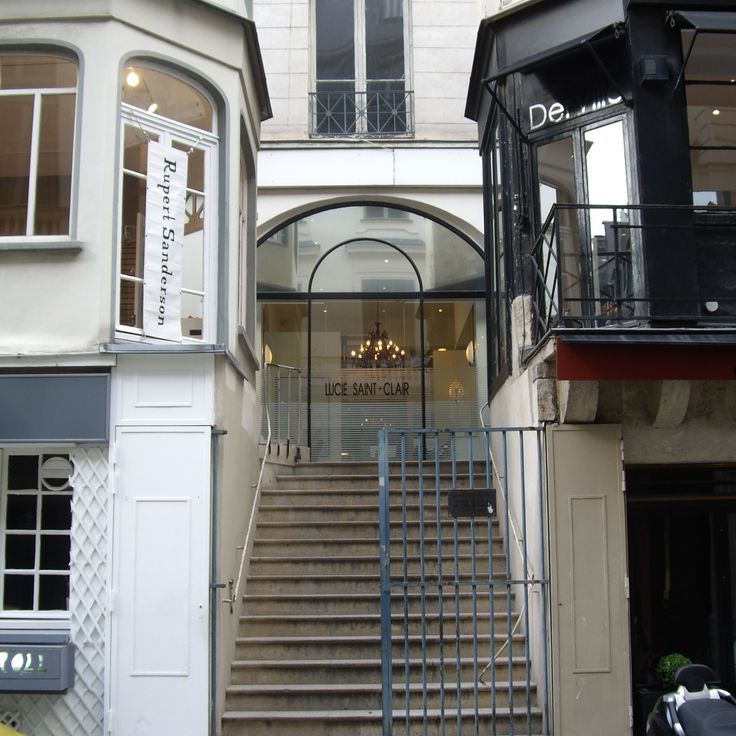
Paris, France
The narrow passage in the first district connects Rue de Beaujolais with Rue des Petits Champs.
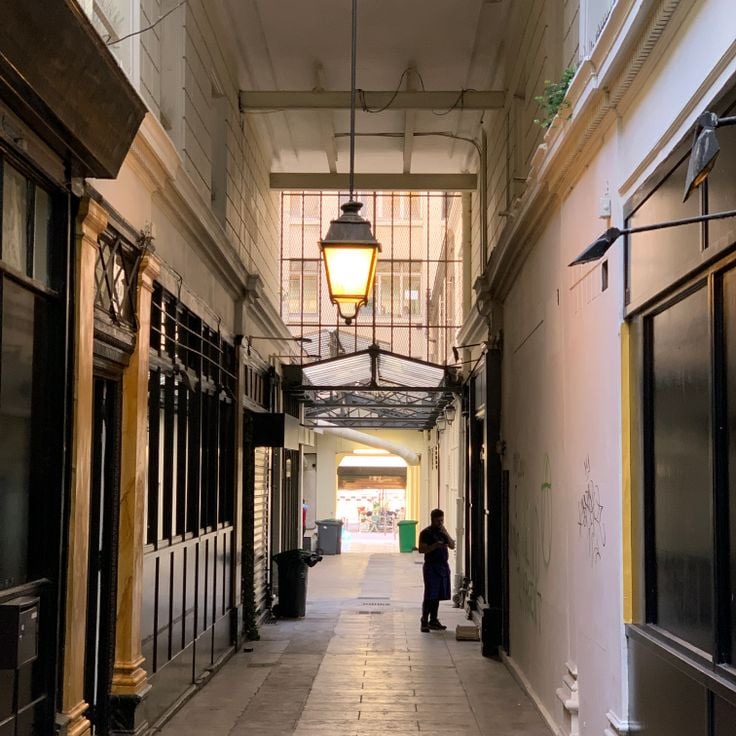
Paris, France
The 19th century passage now houses modern offices and businesses in a historical building.
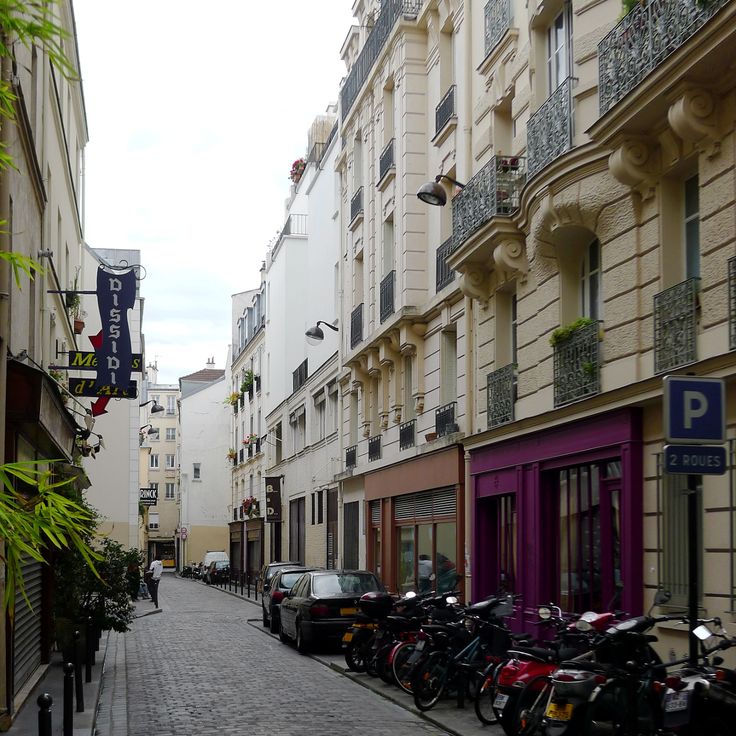
Paris, France
The passage between Rue du Faubourg Saint-Antoine and Avenue Ledru-Rollin displays traditional Parisian architecture.
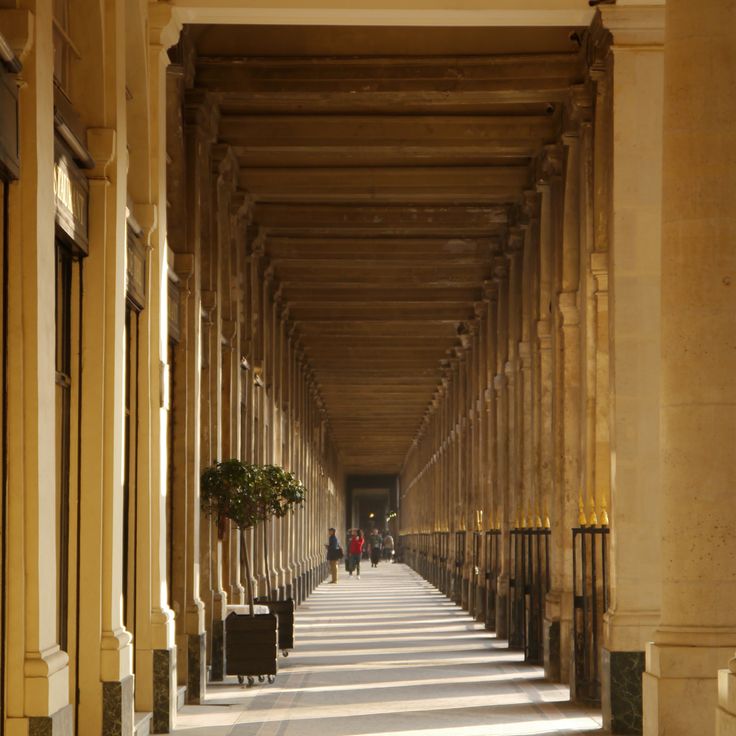
Paris, France
This gallery in the Palais Royal houses French fashion houses and jewelry stores next to the Comédie-Française and State Council.
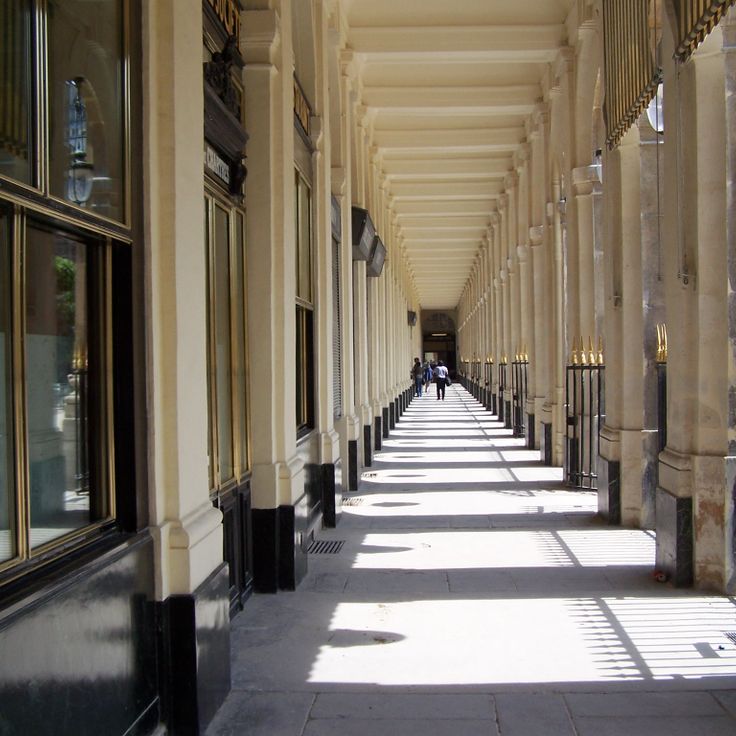
Paris, France
A corridor built in 1815 with columns and arches connecting restaurants and small shops.
